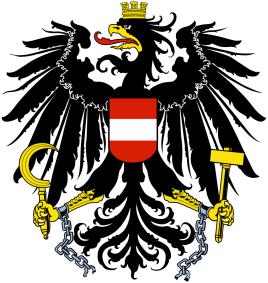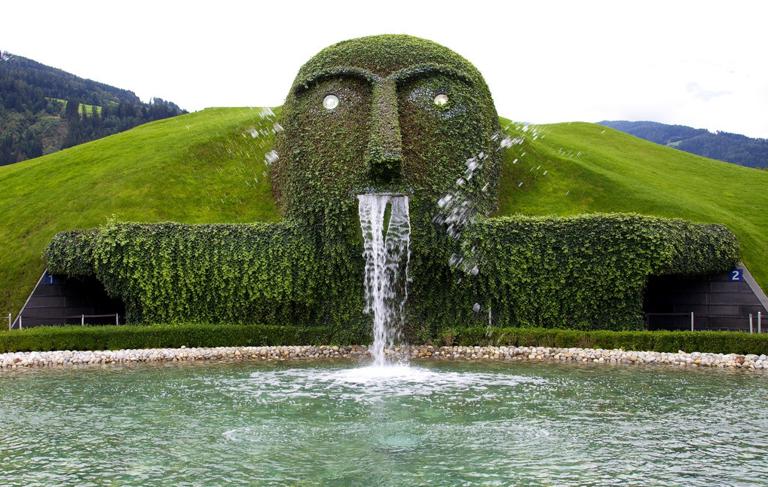

The Republic of Austria ( German: Republik Österreich, English: the Republic of Austria), referred to as Austria, is a land locked country located in the central part of Europe. It borders on many countries, Hungary and Slovakia to the East, Italy and Slovenia to the south, Lichtenstein and Switzerland to the west, and Germany and the Czech Republic to the north. The capital and largest city is Vienna, with a population of more than 1.7 million and a land area of 83855 square kilometers.
Austria was one of the European powers from the Middle Ages to the end of the first World War, it was also the site of Habsburg dynasty which ruled central Europe for 650 years. Other ethnic groups are Slovenians, Croats and Hungarians, accounting for 1% of the total population. The official language is German. 78% of the residents believe in Catholicism.
Austria is a highly developed capitalist country and one of the richest countries in the world. In 2012, its per capita GDP reached 46330 US dollars. Its human development index ranked 19th in the world in 2011, its industrial characteristics are a high degree of nationalization, state owned enterprises control 95% of the basic industries and more than 85% of the power industries, the output value and the number of employees account for 70% of the total, it joined the European Union in 1955 and is one of the founding countries of OECD. In 1955, it was declared a permanent neutral state, signed the Schengen convention in 1995 and accepted the euro in 1999.
Austria is a temperate broad Austrian forest climate in transition from marine to continental, the climate in the East and the west is different, affected by the Atlantic Ocean, the western part presents the characteristics of marine climate, with small temperature difference and rainy weather; the eastern part is continental climate, with relatively large temperature difference and less rainfall. The average temperature was -2 ℃ in January and 19 ℃ in July. In summer, the temperature in July is mostly between 14 ℃ and 19 ℃, and the highest temperature is only 32 ℃. Winter is relatively cold, the temperature is generally below zero centigrade.
Among the population of the whole country, 88.8% are Austrian, 11.2% are Non-Austrian people, 1.5% are German, 1.1% are Bosnian, 1% are Turks and 1% are Serbs. The wave of Chinese immigration to Austria began in the 1970s, about 30000 Chinese in Austria. It is estimated that 90% of the overseas Chinese in Austria are engaged in the catering industry. According to the Austrian "news" in May 2012, the first Chinese restaurant in Austria was born in 1940 and has grown to about 1200.
